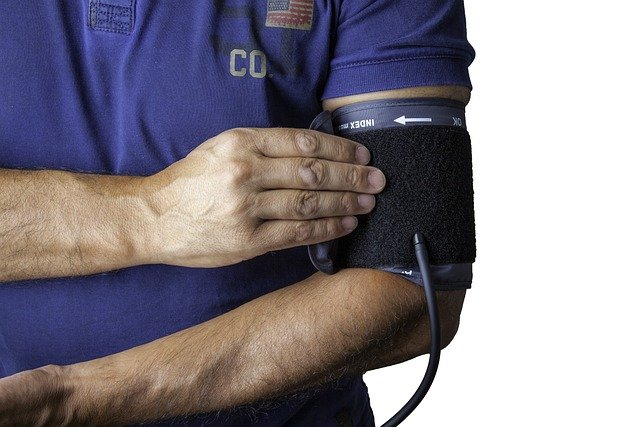Unlocking the Health Benefits of Creativity: From Stress Relief to Cognitive Enhancement
Can picking up a paintbrush, strumming a guitar, or dancing in your living room actually improve your health? The answer is a resounding yes. This article will delve into the fascinating ways creativity can enhance both physical and mental health, backed by the latest scientific research.

The Connection Between Creativity and Health: A Historical Overview
Historically, the intersection of creativity and health has been largely unexplored. The focus in medical science has been primarily on physical health, with mental health taking a backseat. However, as the understanding of holistic well-being evolved, the importance of mental health, and subsequently creative expression, started gaining recognition.
In the late 20th century, the field of art therapy emerged, using the creative process and the resulting artwork to explore feelings, reconcile emotional conflicts, foster self-awareness, reduce anxiety, and increase self-esteem. This therapeutic practice has since been acknowledged and utilized in various medical and mental health settings.
The Current Trends: Creativity as a Wellness Strategy
Today, there’s a growing recognition of the link between creativity and health. More healthcare practitioners are incorporating creative activities into their treatment plans, recognizing their therapeutic benefits. Research has shown that engaging in creative activities can help reduce stress, improve mood, boost cognitive function, and even slow down the aging process.
The Science Behind Creativity and Health
Creativity doesn’t just make you feel good—it can actually alter your brain chemistry. When you’re engaged in a creative activity, your brain releases dopamine, a natural antidepressant. This release can help reduce feelings of depression, anxiety, and stress.
Furthermore, creativity promotes problem-solving and critical thinking skills, enhancing cognitive abilities. Studies have shown that seniors who engage in creative activities have a slower cognitive decline compared to those who do not.
Despite these benefits, not everyone finds it easy to incorporate creativity into their daily lives. Time constraints, lack of confidence in artistic abilities, and societal expectations can act as barriers.
Practical Health Tips for Fostering Creativity
-
Start Small - You don’t have to create a masterpiece. Start with small, manageable projects like doodling or coloring.
-
Find Your Passion - Try different creative outlets until you find one that resonates with you. It could be painting, writing, dancing, cooking, or even gardening.
-
Make Time for Creativity - Prioritize creativity in your daily schedule. Even a few minutes each day can make a difference.
-
Remember, It’s About the Process, Not the Product - The health benefits come from the act of creating, not the end result. Don’t worry about producing something perfect.
In conclusion, creativity plays a critical role in promoting physical and mental health. From reducing stress and improving mood to enhancing cognitive function, creative activities offer a range of health benefits. So, pick up that paintbrush, dance like no one’s watching, or strum your heart out on the guitar. Your body and mind will thank you.





